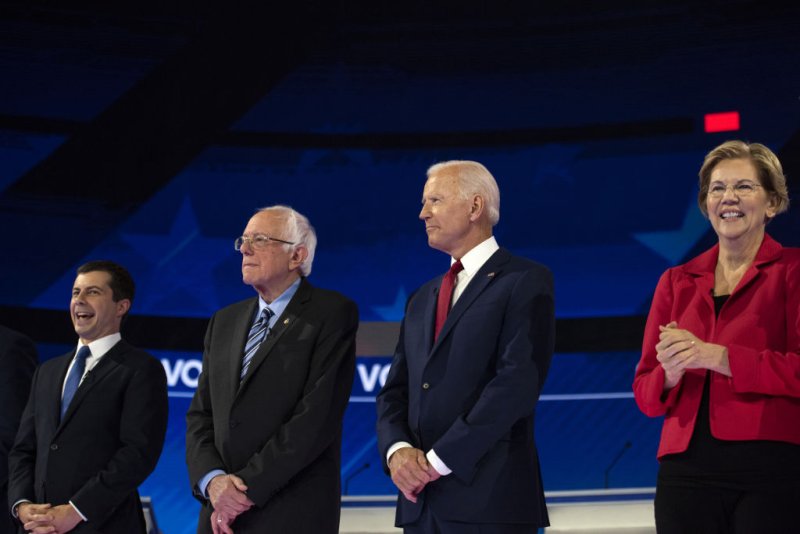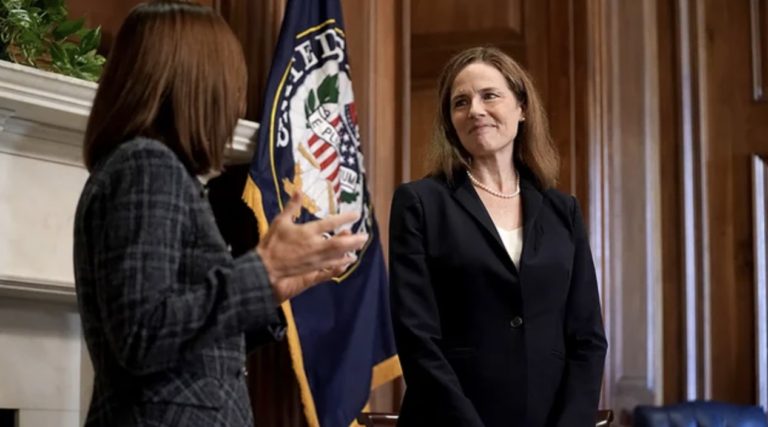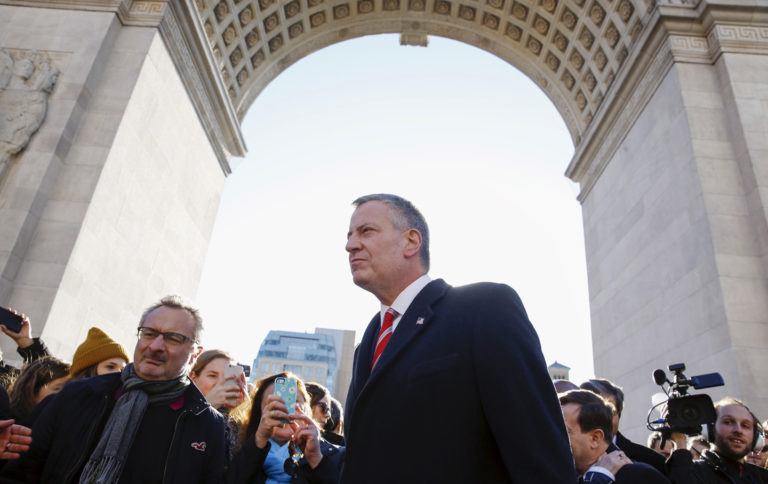
One day prior to the November 20 Democratic debate, The Hill released an article titled “Buttigieg surges to ten-point lead in New Hampshire: poll.” Two days later, another article by The Hill stated that a poll showed Buttigieg held a seven-point lead in Iowa. Upon closer examination, however, the samples of the two polls cast considerable doubt on their reliability and statistical significance.
Notably, the Saint Anselm College poll with New Hampshire registered voters contains a mere 255 primary voters, of whom 34 percent are over the age of 65 and 72 percent have a college degree or higher. Although age and gender are weighted to match historical voter demographics, the significant overrepresentation of highly educated voters is not accounted for. In comparison, the Civiqs-Iowa State University poll of likely Iowa Democratic Caucus attendees weights its data for more demographic parameters and has a larger sample size of 614. Nevertheless, its sample size is still limited and it has a similar margin of error rate of around five percent.
While a five-percent margin of error may be permissible for other forms of polls, it calls into question the usefulness of polling data to determine where candidates in a close race stand in relation to one another. Both polls conducted in New Hampshire and Iowa present Buttigieg as the frontrunner, but the percentages of support for Warren, Sanders, and Biden who trail behind him are close enough for any difference between them to be possibly explained by sampling error alone. The discrepancy between polling samples and the population is perhaps the most evident when polling data from different sources over the same time period are compared. For example, the national poll conducted by Emerson from November 17-20 indicates a tie between Biden and Sanders, whereas the one by The Economist/YouGov from November 17-19 positions Biden as the frontrunner with an 18 percent lead over Sanders.
Besides the inaccuracy of polling data, the media focus much of their attention on opinions in the two states which hold the earliest primary elections. Even though the results in the early primaries set the tone for the rest of the country, Iowa and New Hampshire are by no means representative of the national population. Buttigieg’s noticeably low level of support among Black voters suggests that his supposed popularity in these predominantly white states may not translate into national support on the same scale. Black voters are a crucial constituency of the Democratic Party that no candidate can afford to neglect, and no modern Democrat has won the nomination without their majority support.
Although Buttigieg’s surge in the Iowa and New Hampshire polls may be an overstatement of his support, it did not go unnoticed. In addition to extensive media coverage of his rising popularity and theories over its reason, Buttigieg also received a lot of attention during the debate on Wednesday night. He was the second most attacked candidate on stage, which gave him the opportunity to speak longer than every other candidate except Warren. According to the New York Times’ reporting on the presidential race, national polling average is roughly correlated with weekly news coverage. Since polling results affect media coverage which in turn influences opinions, it becomes unclear whether opinion polls report on the popularity of a candidate or manufacture it.
Is there a more reliable alternative? Opinion polls are inherently imperfect, but it is not necessary to completely negate their value. Pollsters including CBS/NYT, Pew Research and Monmouth University with “gold standard polls” have historically higher accuracy, and aggregate data such as national averages can compensate for the high error rates of individual polls. Ultimately, it is important to take polling data with a grain of salt and distinguish between an accurate representation of opinions and unsubstantiated speculation used to generate sensational headlines.
Lilian Wang



